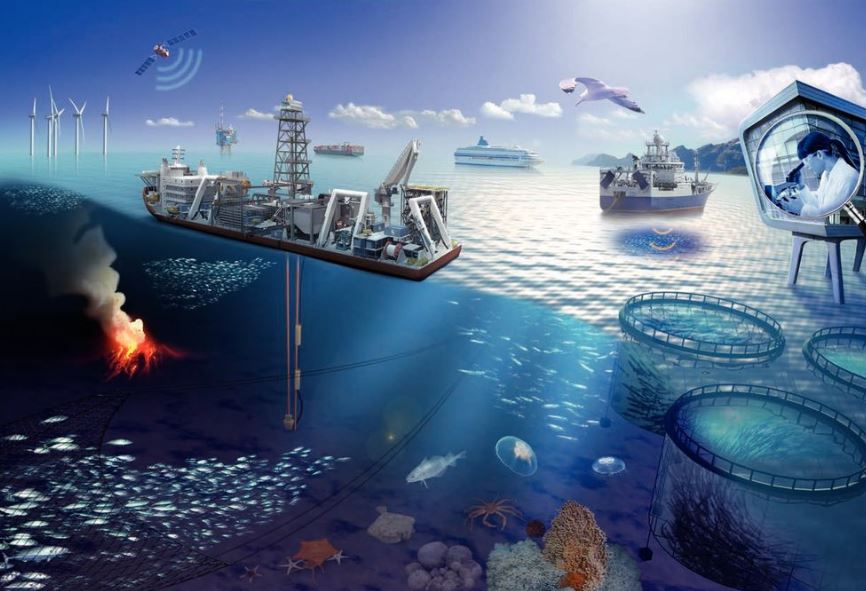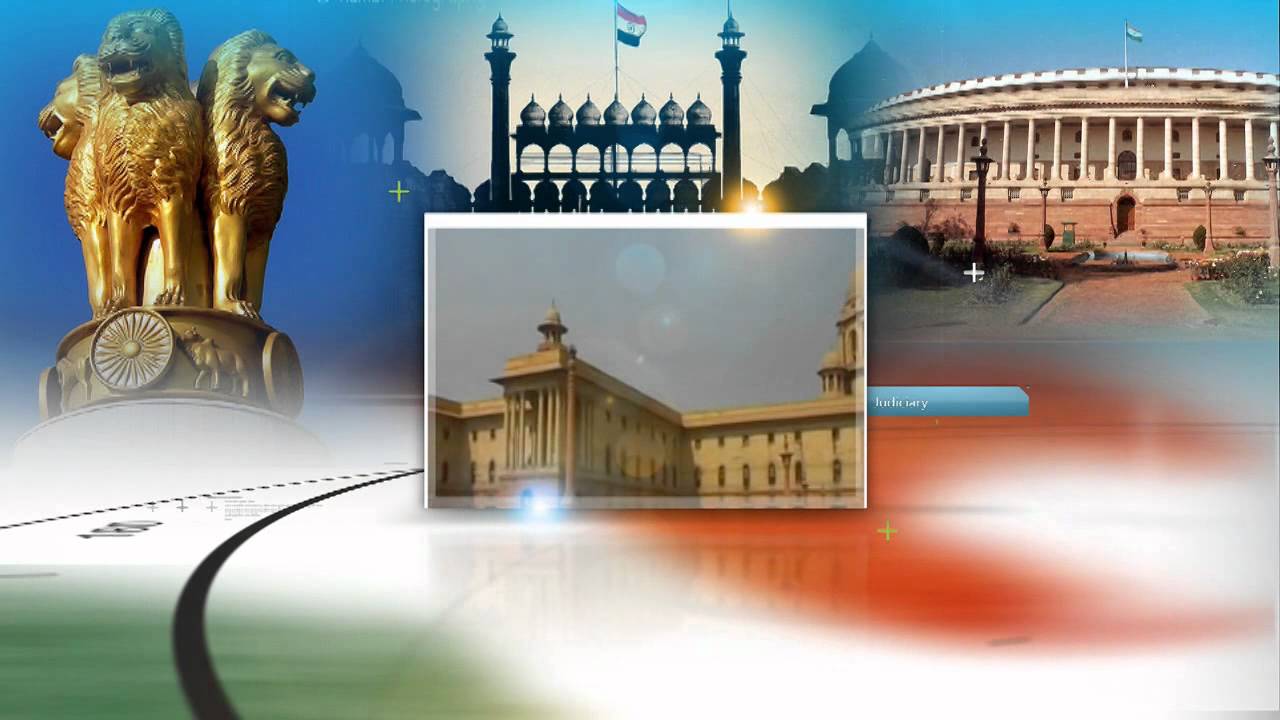Act East in Action: India’s Humanitarian Diplomacy and Strategic Resolve
India’s Act East in Action: Balancing Aid and Influence
In the wake of the devastating earthquake in Myanmar that claimed over 1,600 lives, India’s rapid mobilisation of assistance through “Operation Brahma” was far more than a benevolent gesture—it was a calculated yet compassionate act rooted in the nation’s evolving foreign policy doctrine. By deploying naval ships, aircraft, and a 118-member medical team to the affected regions, India not only offered critical relief but also reaffirmed its commitment to regional solidarity.
This robust response showcased how India’s Act East Policy, launched in 2014 under Prime Minister Narendra Modi, is more than a diplomatic slogan; it is a living, adaptive framework that blends humanitarian responsiveness with strategic resolve. Through a close analysis of India’s involvement in Myanmar’s crisis, one can see how the AEP remains a vital pillar of India’s engagement with Southeast Asia, particularly in an era defined by both intensifying geopolitical rivalries and the urgent need for collaborative action in times of disaster.
What is India’s act east policy ?
India’s Act East Policy, launched in 2014, aims to strengthen ties with Southeast Asia and the Indo-Pacific through trade, connectivity, culture, and security cooperation. It builds on the 1991 Look East Policy, focusing on economic growth, strategic partnerships, and regional stability, especially with ASEAN, Japan, and Australia.
How Act East Policy is difference from Look East ?
India’s Look East Policy (1991) focused on economic and trade ties with Southeast Asia, mainly through diplomatic engagement. In contrast, the Act East Policy (2014) expands beyond ASEAN, emphasizing strategic, defense, and security cooperation with Japan, Australia, and the Indo-Pacific. It includes infrastructure projects, connectivity, and maritime security, enhancing India’s regional influence.
Humanitarianism with Intent: Strategic Dimensions of the Act East Policy
India’s Act East Policy marked a significant recalibration of its external engagement, shifting from the earlier Look East approach to one that stressed active and sustained participation in the political, economic, and security architecture of Southeast Asia. At its core, the policy promotes regional integration not merely through trade or diplomacy, but also through mutual aid and resilience-building. India’s response to the Myanmar earthquake is emblematic of this ethos. The country’s rapid deployment of military and medical personnel was not merely an act of goodwill; it was a deliberate projection of India’s role as a responsible regional actor.
This strategy aligns closely with the broader objective of the AEP: to foster trust and interdependence among neighbouring states while safeguarding India’s own regional interests. Scholar Shankari Sundararaman, in “India’s Humanitarian Assistance to Myanmar” (Report for Centre for Strategic and International Studies, 2021) highlights the evolution of India’s approach to humanitarian assistance, noting that it has grown significantly more agile and responsive, particularly in dealing with crises impacting its eastern neighbours. This is visible in the scale and efficiency of India’s operations in Myanmar.
The swift establishment of a fully functional field hospital, the provisioning of emergency supplies, and the coordination with local authorities all suggest that India is increasingly viewing humanitarian aid not just as a moral imperative but also as a form of strategic diplomacy. In a region where China’s Belt and Road Initiative (BRI) seeks to expand influence through economic means, India’s approach offers a contrasting model—one that prioritises cooperation over coercion, and empathy over opportunism. India thus presents itself not as a hegemon but as a dependable partner—one willing to act, not merely advise, in times of crisis.
Myanmar: A Crucial Test of India’s Neighbourhood First Principle
India’s Act East Policy cannot be meaningfully discussed without acknowledging its complementary focus on immediate neighbours under the Neighbourhood First policy. Nowhere is the intersection of these two policies more apparent than in India’s relationship with Myanmar. The nation’s 2021 military coup and the prolonged internal conflict that followed have created not only political instability but a dire humanitarian emergency.
According to estimates by the United Nations Office for the Coordination of Humanitarian Affairs (UNOCHA), nearly three million people in Myanmar are now in urgent need of humanitarian assistance. In contrast to many Western nations that have distanced themselves from the junta-led government, India has opted for a pragmatic approach—engaging with both sides while focusing on peace and stability, particularly along its sensitive northeastern border.
This balance is not merely diplomatic posturing. The communities residing in India’s Northeast share deep ethnic, cultural, and familial bonds with the people of Myanmar’s Chin and Zo regions. The humanitarian crisis, therefore, is not a distant tragedy—it is a deeply personal and immediate concern for many Indian citizens. In 2021, India provided Myanmar with 1.5 million doses of COVID-19 vaccines and other essential medical supplies, reinforcing the notion that foreign aid can and should serve both strategic and humanitarian ends.
Sundararaman rightly observes that the ad hoc nature of refugee management along the Indo-Myanmar border is unsustainable. What is required, he argues, is a more coordinated approach involving both state governments and the central authorities. Doing so would not only ensure the humane treatment of refugees but also fortify India’s image as a stable and compassionate regional leader.
Connectivity: The Lifeblood of Strategic Engagement
At the heart of the AEP lies a recognition that geographical proximity must be matched with infrastructural connectivity to ensure effective regional integration. The Siliguri corridor—a narrow strip of land connecting mainland India to its Northeast—is not just a logistical concern but a strategic vulnerability. Humanitarian crises like the Myanmar earthquake expose the fragility of this link, as refugee inflows, trade disruptions, and delayed aid deliveries become more likely when routes are underdeveloped or overburdened. It is in this context that India’s infrastructural commitments under the AEP take on added significance.
Initiatives such as the India-Myanmar-Thailand Trilateral Highway and the Kaladan Multi-Modal Transit Transport Project are vital, yet progress has often been hindered by bureaucratic inertia and local resistance. As Sundararaman critiques, many AEP projects remain stuck in various stages of delay or dysfunction.
While India has made admirable strides in enhancing maritime cooperation through its Indo-Pacific strategy and partnerships such as the Quad, it must not allow these developments to eclipse the land-based imperatives of the AEP. Roads, railways, and cross-border facilities remain the arteries through which not only goods but goodwill must flow. Fulfilling these commitments is not merely about infrastructure—it is about ensuring that India’s eastern vision does not falter due to logistical shortcomings.
Navigating Two Frontiers: Indo-Pacific Ambitions and Act East Realities
India’s growing maritime ambitions under the Indo-Pacific framework have occasionally sparked concerns that its Act East commitments might be relegated to the background. While the Indo-Pacific strategy is essential for safeguarding maritime trade routes and balancing China’s naval assertiveness, it must operate in tandem with, not in competition to, the AEP. The Northeast region of India, often described as the country’s gateway to Southeast Asia, must remain a focal point of both security and development efforts. Sundararaman reinforces this by asserting that the economic advancement of the North Eastern Region is pivotal to the success of the broader regional vision.
Disaster scenarios, such as the earthquake in Myanmar, remind us that boots on the ground are sometimes more effective than warships on the seas. They expose the urgency of localised responses, which cannot be substituted with abstract strategic doctrines. Helping Myanmar during such a serious crisis not only meets humanitarian responsibilities but also boosts India’s position and influence within its own backyard. The message is clear: the future of India’s regional influence lies not just in naval exercises or diplomatic summits but in timely, tangible acts of support to its neighbours.
Soft Power as Strategic Leverage: India’s Humanitarian Diplomacy
India’s humanitarian diplomacy is emerging as one of its most effective instruments of foreign policy. Rather than relying solely on hard power or traditional statecraft, New Delhi has increasingly harnessed soft diplomacy to strengthen its strategic standing. Whether through its COVID-19 vaccine outreach, dubbed “Vaccine Maitri,” or through earlier efforts like “Operation Sanjeevani”—where India airlifted medical supplies to war-torn Syria and Turkey—India has repeatedly demonstrated a commitment to assistance that transcends transactional motives.
Myanmar’s earthquake offers another avenue to showcase what might best be described as strategic altruism—a form of diplomacy where moral action serves national interest without compromising on values. India’s early and decisive intervention stands in sharp contrast to China’s often conditional and self-serving approach. As Sundararaman points out, India must continue to adapt to the fast-changing power dynamics in the region while staying anchored to its own principles. By showing solidarity not just in words but in decisive action, India strengthens its claim to regional leadership.
From Relief to Resilience: Building a Long-Term Framework
While emergency relief is crucial, India must now pivot towards a long-term engagement strategy with Myanmar. This includes improving border infrastructure to facilitate faster aid delivery, working closely with ASEAN humanitarian networks to ensure seamless cooperation, and investing in Myanmar’s fragile health systems to build capacity from within. Moreover, formalising frameworks for refugee management would allow for more humane and efficient responses to future crises.
India must also involve local civil society organisations and non-governmental actors in its outreach. Doing so would not only decentralise aid delivery, making it more efficient, but would also help navigate the sensitive political terrain of dealing with Myanmar’s complex internal dynamics. Strategic goals and humanitarian missions need not be mutually exclusive. In fact, their integration may well be the key to creating sustainable regional partnerships.
Conclusion: A Policy of Promise in Action
India’s swift and substantial response to Myanmar’s earthquake underscores a crucial truth: the Act East Policy is not a relic of past diplomacy, nor is it being eclipsed by newer strategic frameworks like the Indo-Pacific. Rather, it is evolving—absorbing elements of security, development, and empathy to remain fit for a rapidly changing region. New Delhi’s reaction to Myanmar’s hour of need is not only praiseworthy from a humanitarian perspective but also tactically astute.
Going forward, India’s task is not to choose between Act East and the Indo-Pacific but to weave them into a coherent whole. Maritime strategies and land-based partnerships must reinforce each other, not compete. For in the end, it is not just economic links or military alliances that bind nations together—it is the willingness to stand by one another in times of crisis. India’s response to Myanmar has shown that compassionate leadership and strategic clarity can go hand in hand, ensuring that the Act East Policy remains not just alive, but powerfully relevant.
Subscribe to our Youtube Channel for more Valuable Content – TheStudyias
Download the App to Subscribe to our Courses – Thestudyias
The Source’s Authority and Ownership of the Article is Claimed By THE STUDY IAS BY MANIKANT SINGH


